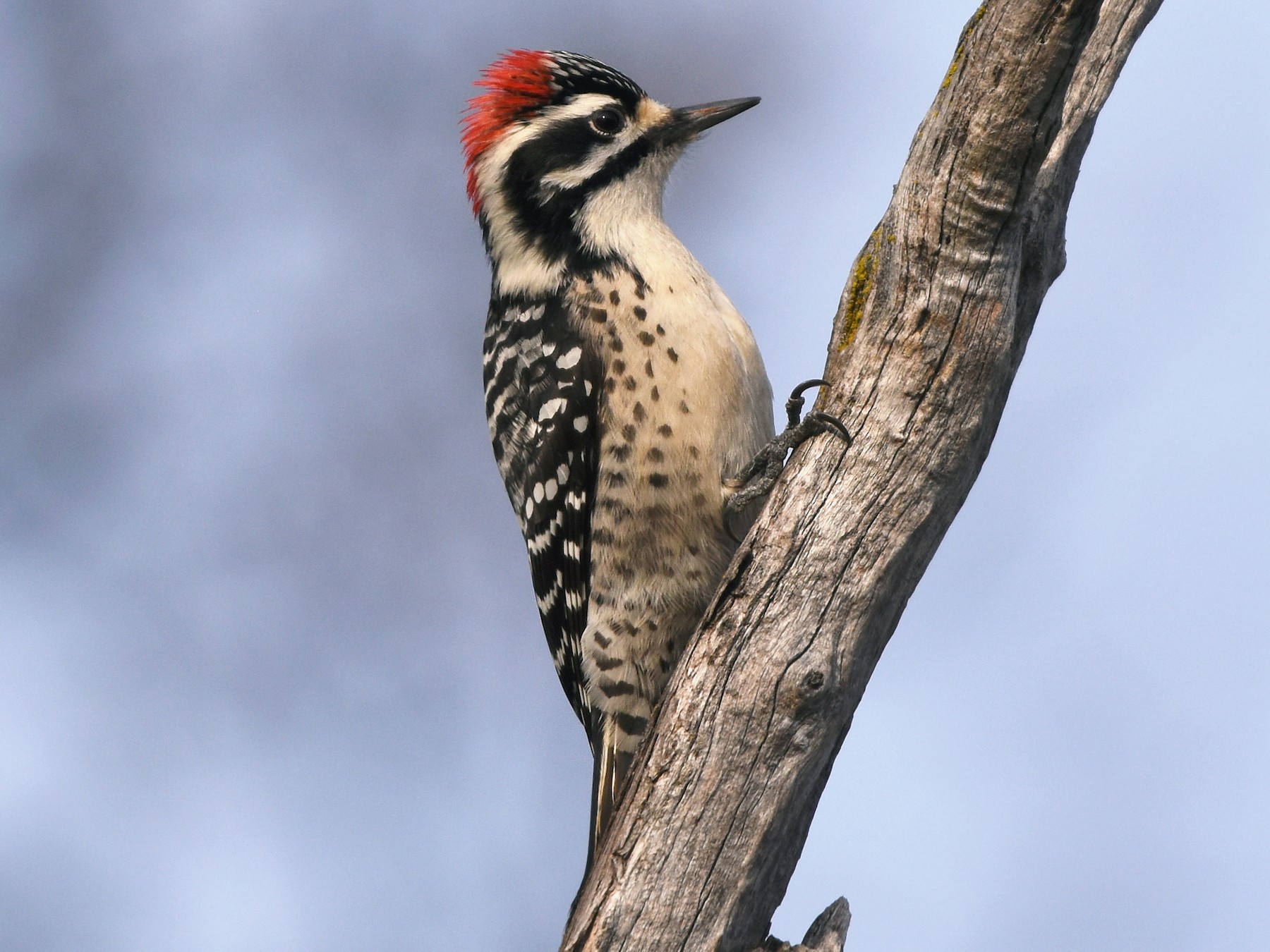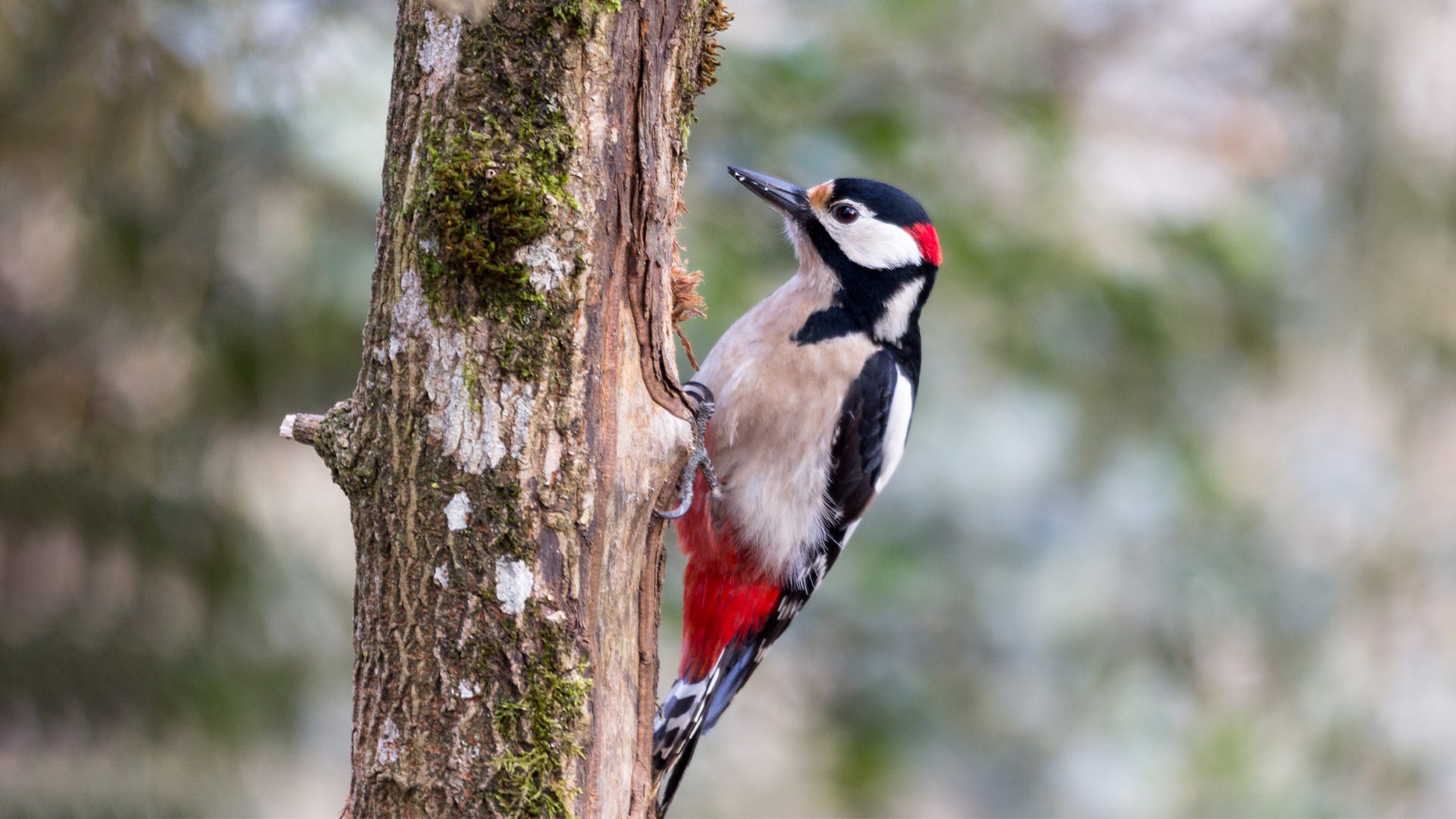Woodpeckers in Florida: Identification Tips and Habitat Preferences
Woodpeckers: A Comprehensive Guide to Comprehending These Unique Birds
Woodpeckers, with their distinctive behaviors and physical features, have actually long mesmerized the curiosity of ornithologists and nature enthusiasts alike. From their balanced drumming echoing through the timbers to their exceptional adaptations for scaling tree trunks effortlessly, these birds offer an interesting study in bird biology. What truly establishes woodpeckers apart is not just their striking look however additionally their crucial role in keeping the delicate equilibrium of communities. As we discover the elaborate makeup, diverse varieties, and environmental significance of woodpeckers, a much deeper appreciation for these special birds and the mysteries they hold unfolds.
/https://tf-cmsv2-smithsonianmag-media.s3.amazonaws.com/filer_public/30/ac/30acf469-09cd-4fcc-a812-1aa30f477578/aprmay2024_l09_woodpeckers.jpg)
Woodpeckers' Drumming Behavior
Woodpeckers exhibit a rhythmic and precise drumming actions that offers different necessary functions in their day-to-days live. This behavior is primarily connected with interaction, area defense, and foraging. The distinctive drumming audio is developed by the fast pecking of their beaks against tough surface areas such as tree trunks, branches, or perhaps metal objects.
Interaction is a critical element of woodpecker behavior, and drumming plays a significant duty in this process. Woodpeckers make use of drumming to establish their presence, bring in companions, and maintain call with their partners and offspring. The regularity, intensity, and period of drumming sequences convey details messages to other woodpeckers in the location.
In enhancement to communication, woodpeckers make use of drumming habits for region defense. Woodpeckers in Florida. The loud and repetitive drumming offers as a cautioning to potential trespassers, signaling that the location is currently declared. By developing their territory through drumming, woodpeckers reduce the probability of problems over valuable resources such as food and nesting sites
Moreover, woodpeckers likewise employ drumming as a foraging method. The balanced pecking assists them situate insects concealing beneath the bark of trees by producing resonances that interrupt the target's concealment. This actions showcases the adaptability and resourcefulness of woodpeckers in using their drumming skills for several essential functions.
Unique Adaptations for Tree Climbing
Having actually mastered the art of drumming to interact, safeguard territory, and forage, woodpeckers have progressed one-of-a-kind adaptations that facilitate their impressive climbing abilities in their arboreal environments. One vital adaptation is their specialized feet. Woodpeckers have zygodactyl feet, with two toes aiming onward and two toes pointing backwards. This setup gives a solid grip on the vertical surfaces of trees, enabling them to stick easily while foraging for pests or drumming. Additionally, woodpeckers possess stiff tail feathers that serve as a prop to sustain their bodies as they climb up. These tail plumes give security and equilibrium, enabling woodpeckers to maneuver up tree trunks with precision and agility.
Furthermore, woodpeckers have powerful neck muscle mass and a special skull structure that aid in their climbing up capacities. Their solid neck muscle mass allow them to rapidly eat tree bark without experiencing whiplash, while their thick skull and little brain act as shock absorbers, securing them from the effect of repeated drumming. These adaptations jointly allow woodpeckers to navigate the upright globe of trees with effectiveness and grace.

Function of Woodpeckers in Ecosystems
Playing an essential duty in woodland communities, woodpeckers contribute dramatically to the balance and health and wellness of their environments via their unique behaviors and interactions with various other varieties. Among the key ecological functions of woodpeckers is their function explanation in regulating insect populaces. By foraging for pests under the bark of trees, woodpeckers help regulate insect populations, stopping episodes that can harm the general health and wellness of the woodland. In addition, woodpeckers develop dental caries in trees that function as essential nesting websites for a variety of other bird types, promoting biodiversity within the ecosystem.
Moreover, the drumming and vocalizations of woodpeckers play a vital duty in interaction and region establishment. These sounds not only offer to attract mates yet likewise aid specify limits between different woodpecker territories, decreasing problems and advertising a harmonious conjunction within the woodland neighborhood. In general, the existence of woodpeckers in forest communities highlights their significance helpful hints as keystone varieties, influencing the dynamics and operating of these habitats in diverse means.
Composition: Specialized Beaks and Feet
In the detailed internet of woodland communities, the specialized beaks and feet of woodpeckers are essential adaptations that enable them to satisfy their crucial eco-friendly roles. Woodpeckers possess page one-of-a-kind anatomical functions that are particularly designed to assist them in their foraging and nesting behaviors.
One of the most distinguishing characteristic of woodpeckers is their strong, chisel-shaped beaks. These beaks are flawlessly adjusted for drilling right into wood to discover insects, larvae, and sap surprise below the bark of trees. The solid muscle mass and tough framework of their beaks permit woodpeckers to eat a price of approximately 20 times per secondly without triggering damages to their skulls.
Furthermore, woodpeckers have actually specialized feet that help in their acrobatic climbing up abilities. Their feet have two toes directing ahead and 2 toes aiming backward, providing a strong hold on vertical surface areas (Woodpeckers in Florida). This special foot setup, together with stiff tail feathers that work as an encouraging prop, enables woodpeckers to hold on to tree trunks and branches effortlessly while they look for food or dig deep into nesting dental caries
Woodpecker Species Variety
Woodpeckers are a diverse group of birds discovered throughout numerous ecosystems worldwide, with over 200 known species exhibiting adjustments to various environments. Woodpeckers have actually evolved to populate a variety of settings, from forests and woodlands to meadows and deserts, each offering distinct challenges that have actually influenced the advancement of unique woodpecker types.
Another contributing factor to woodpecker varieties variety is their specialized feeding habits. Different species have actually progressed to manipulate numerous food sources, such as insects, tree sap, fruits, and nuts, leading to the development of details adaptations in beak shape, dimension, and strength. These adaptations make it possible for woodpeckers to forage successfully in their corresponding environments, lowering competitors among varieties and promoting niche differentiation. In addition, geographical seclusion and historical factors have actually contributed in forming the distribution and variety of woodpecker varieties, bring about the broad selection of specialized adaptations seen in these remarkable birds.

Verdict
In final thought, woodpeckers are interesting birds that exhibit unique drumming habits, specialized adaptations for tree climbing, and play important roles in ecological communities. With a diverse range of woodpecker varieties located worldwide, these birds are vital for maintaining the wellness and balance of forests and forests.